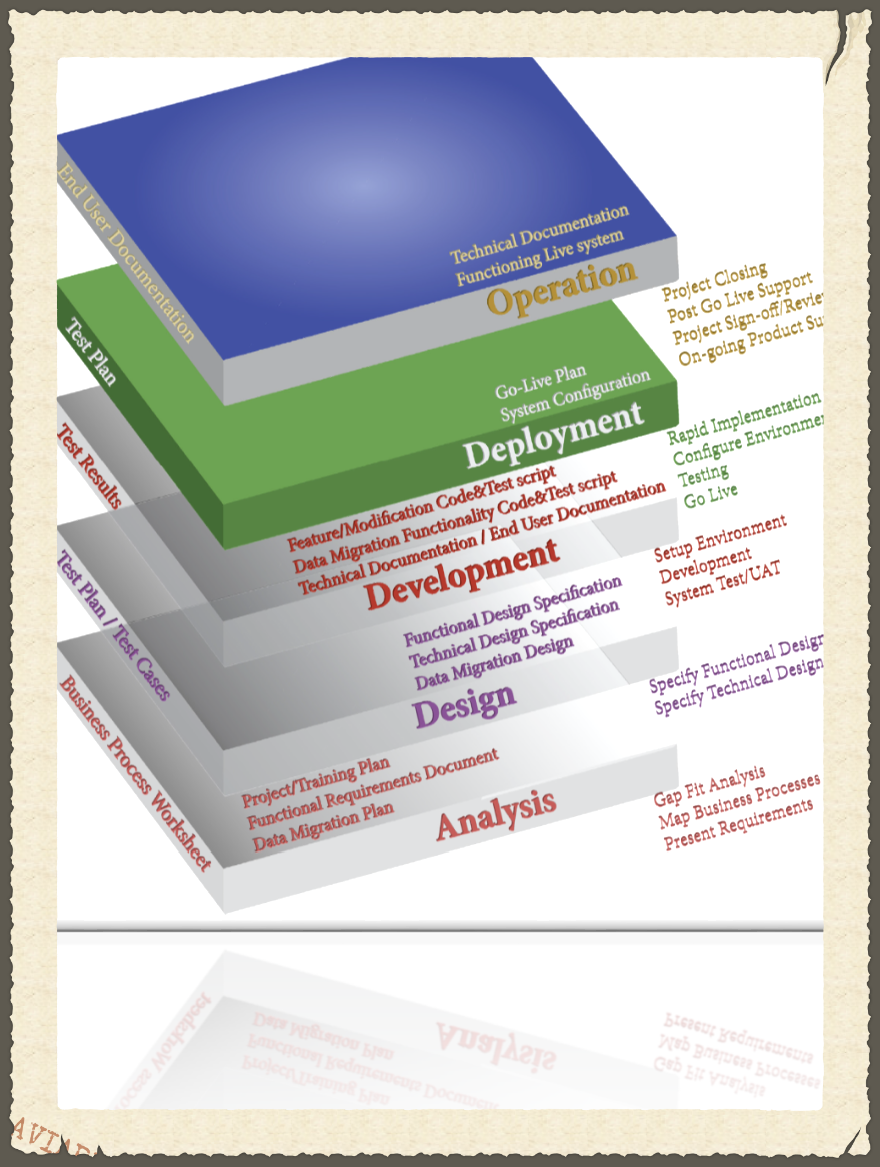Lesson Learned in ERP Implementation at DPT
An Interview with Eric Dang by Award-winning SFU Professor from the Beedie School of Business, Featured in Popular Textbook Case Study - 'Experiencing MIS' (2nd Canadian Edition, Pearson Canada)
Implementing Enterprise Resource Planning (ERP) software can be one of the most challenging projects for an organization of any size to take on. “It takes a coordinated team effort”, notes Eric Dang, Systems Administrator for Digital Payment Technologies in Burnaby BC, “and requires time upfront to understand what you want to accomplish before anything gets installed.” Digital Payment Technologies (DPT) is a leader in the design, manufacture, and distribution of parking management technologies for the North American parking industry (www.digitalpaytech.com). DPT learned about implementing ERP the hard way, with an initial project that did not deliver expected results but eventually led to a second successful implementation.
In 2005, DPT was a medium sized company that was growing quickly, averaging 29% annual growth with 95% of its sales in the United States. With rapid growth came the challenge to rapidly adjust to new sales and manufacturing targets. DPT felt the need for enterprise resource planning software but the core team at the company had little time or resources to make it happen. The company was surviving on a combination of Excel spreadsheets and sales reports that were difficult, if not impossible, to integrate and share. So after some investigation of ERP solutions and site visits with industry partners, DPT licensed Navision, a Microsoft product.
“Since our core people were busy just getting product out the door, we gave the task of installing the software to a marketing assistant who had only recently been hired. We thought we could just install the program and run with it” noted Mark Gemino VP of Manufacturing. “But it didn’t work the way we thought it would” Mark noted. “After a few months, nothing was working and we couldn’t balance our accounts or get simple BOM (Bills of Materials) working. We thought we had bought bad software. Later we learned that it wasn’t the software that was causing the problems. It was the way we had set the software up. We weren’t aware that what seemed like small choices in the software setup, could have really big implications on how the system as a whole operated. We also had to spend more time in getting our initial data correct. We hadn’t invested enough time in understanding how we were going to really use the system. ” Employees quickly lost faith in the information provided by Navision and the DPT was spending time trying to fix the errors the system was creating. The bad news for DPT was that Navision had not provided the expected benefits and had stalled their attempts to improve efficiency. The good news was that the challenge led the company to find someone who could get Navision working for DPT. “Everything changed quickly when we brought Eric on board” noted Gemino, “he was able to explain the system in a way we could understand.”
Eric Dang was hired in 2006 and spent the first six months getting back to basics with the Navision product. It took a lot of effort, not only from Eric but also a team of people from different departments at DPT, but eventually the Navision system was stabilized and started providing useful and accurate information. “People took this work seriously,” noted Eric, “because they understood what would happen if we didn’t get things right.”
By 2007, the Navision ERP system was running smoothly. So smoothly in fact that people at DPT felt they were able to take on an additional task of implementing the “Warehouse” module. “A consulting firm told us that they had seen several companies try to implement the warehouse module, but none of them had been successful,” noted Eric. “but that didn’t stop us. We thought, yes we can.” DPT’s previous experience provided the team with the confidence to do things right. They started the project with detailed process mapping, created a prototype and involved important people in different departments in making the decisions about the new implementation before the systems was rolled out. “When we rolled it out six months later, it went ahead with very few issues.” DPT had learned an expensive and powerful lesson about teamwork, involving users and detailed pre-planning for project success. When asked about the secret to their success Eric noted “It is summed up in a book my two year old daughter got out of the library called ‘Yes We Can’. It is a simple picture book story about a group of animals with different strengths who, when they work together as a team, get things done. As far as I am concerned, it should be required reading for anyone doing ERP implementation.”



